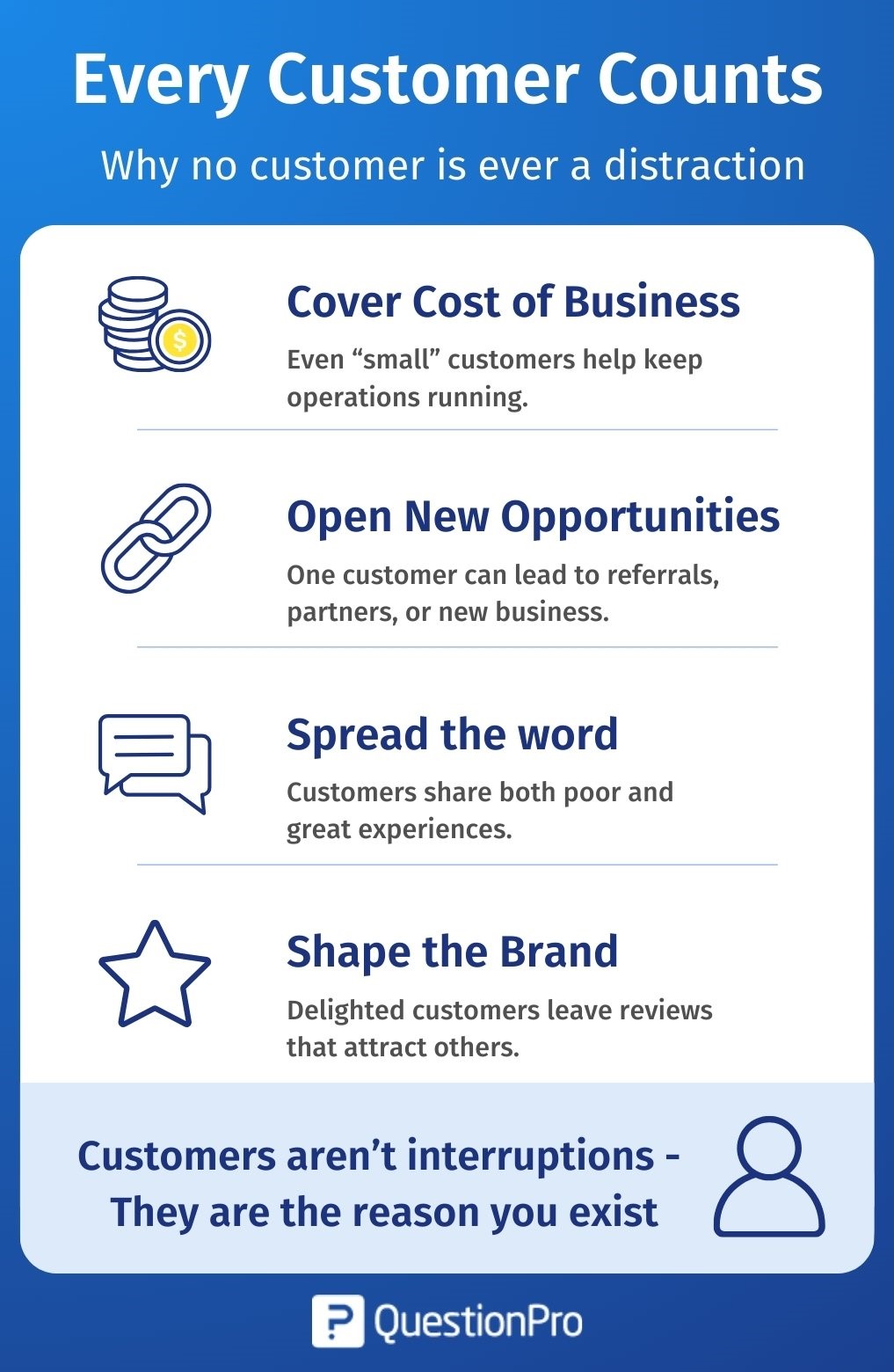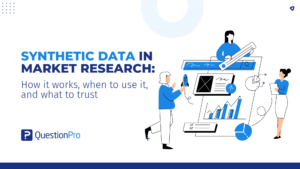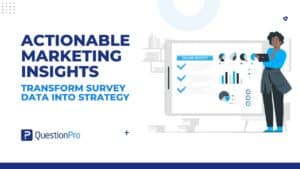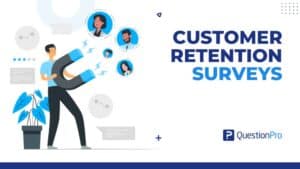![Too Busy For Customers – Tuesday CX Thoughts[TCXT] 2025-09-15](https://www.questionpro.com/blog/wp-content/uploads/2025/09/Too-Busy-For-Customers-–-Tuesday-CX-ThoughtsTCXT-2025-09-15.jpg)
TCXT is a section of our blog where our Director of QuestionPro Customer Experience reflects and shares his thoughts on everyday moments and their relationship to customer experience.
Want to hear Ken Peterson’s thoughts directly? Watch the video summary here:
It was such an interesting comment to overhear as I waited at the point-of-sale to pay for the items I had: “There are so many customers today, I’m not able to get my job done.” It is not something that I would want to hear as a customer – that I am just an “interruption” to their work. If I were a manager, I would not want to hear it even without a customer overhearing it. As a Customer Experience expert, it made my skin crawl, and I wanted to interject with a course correction at that very moment – but I probably would have just been perceived as an overbearing or complaining customer.
To set the scene a little more, this was at one of the big office supply chains. If you have been in any of these stores lately, they do not just “sell office supplies”. They will have corporate orders, buy online & pick-up in-store orders (BOPIS for those in the know), printing orders, package shipments, business mailboxes, and sometimes even more.
You may see this in quite a few places. For me, the original example is a pharmacy: their core business was filling prescriptions, but I recall even in my younger years that they sold greeting cards, developed film (for those younger folks, that was pre-digital camera when you had to take pictures and not see how the pictures turned out until you took 12 or 24 pictures then sent the film roll out to be processed – sometimes you would not see the picture for months) and often had some additional convenience items. Today, they can also be print shops.
One that we do not think of often is airlines, where the passenger is not really profitable, but the additional services they purchase make them more profitable: seat assignments, luggage, and onboard snacks. Their “side” businesses are much more profitable – selling cargo space and airline miles. In fact, their most profitable “customers” are not the passengers on the plane (do not get me wrong, they offset the cost of flying the plane), but rather their top customers are credit card companies, travel partners, and manufacturers of electronics & perishable goods.
Do you still feel important as a customer? I guess it really depends on how well they treat you. In all of the businesses like these, there is still the common need for one thing: customers. Even if a customer is break-even (like in airlines) or they are not the big business sending large-scale print and supply business to an office store, these customers still serve several purposes to these businesses:
- They help cover the costs of doing business
- The customer may bring business through other avenues (such as their own business)
- Customers talk
All of these can be connected. A poor experience can resonate through profitable and unprofitable customers’ minds. A delightful experience can create positive online reviews. Even an average experience might be enough to win additional business.

It is a reason that we focus so heavily on customer personas when we talk about Customer Experience and Journey Orchestration. It is paramount that the brands understand more than just the buying power of the customers who walk into a business. A brand should recognize buyers’ needs at each point in the journey.
For instance, a business customer may have made a purchase online for pickup (for this particular office supplies chain, the “promise” is a thirty-minute turnaround). However, when that commitment was not fulfilled, the business customer (looking like any other customer) might walk into the location (or another location) to acquire the needed items. Imagine that the customer hears “there are too many customers to get my job done”. Instead, a greeting as they enter the store with a question of “how can I help you today?” may shed light on the type of customer we are dealing with and where they are on the purchasing journey.
Creating journey maps – correctly produced and shared liberally – provides frontline employees with that visual representation of the customer’s entire experience, from initial interaction to post-purchase. This helps them understand:
- Customer Motivations and Goals: Journey maps highlight what customers are trying to achieve at each stage, giving employees insight into the “why” behind customer actions.
- Touchpoints and Channels: Employees can see all the different ways customers interact with the business, both online and offline, which helps them anticipate customer needs regardless of the channel.
- Pain Points and Frustrations: Identifying areas where customers frequently experience difficulty or dissatisfaction, employees can better relate to customer struggles and proactively offer solutions.
- Emotional State of the Customer: Journey maps should also include a representation of the customer’s emotional journey, allowing employees to understand how customers might be feeling at different points and tailor their interactions accordingly.
- Opportunities for Delight: When positive experiences are mapped, employees can learn what works well and replicate those successful interactions to create more delightful moments for customers.
At the end of the day (or perhaps at the beginning of the day), journey maps can help move employee thinking beyond just their specific task or interaction and allow them to see the bigger picture from the customer’s perspective, leading to more informed and empathetic service. The big picture should include the idea that the customer is not a distraction, but a real person with needs that the company needs to succeed, even when they are not buying the “targeted” products.
Measure the experience you are delivering to your customers
Understanding customer satisfaction levels and their perception is essential to evaluating the impact of our efforts across every aspect of our business. Our main goal remains the same: providing a great experience.
If you’re also interested in gaining deeper insights into your customer base, QuestionPro Customer Experience offers the necessary tools to help you achieve this. Schedule a demo now—we’ll be happy to guide you through the platform and learn about the challenges in reaching your goals.







